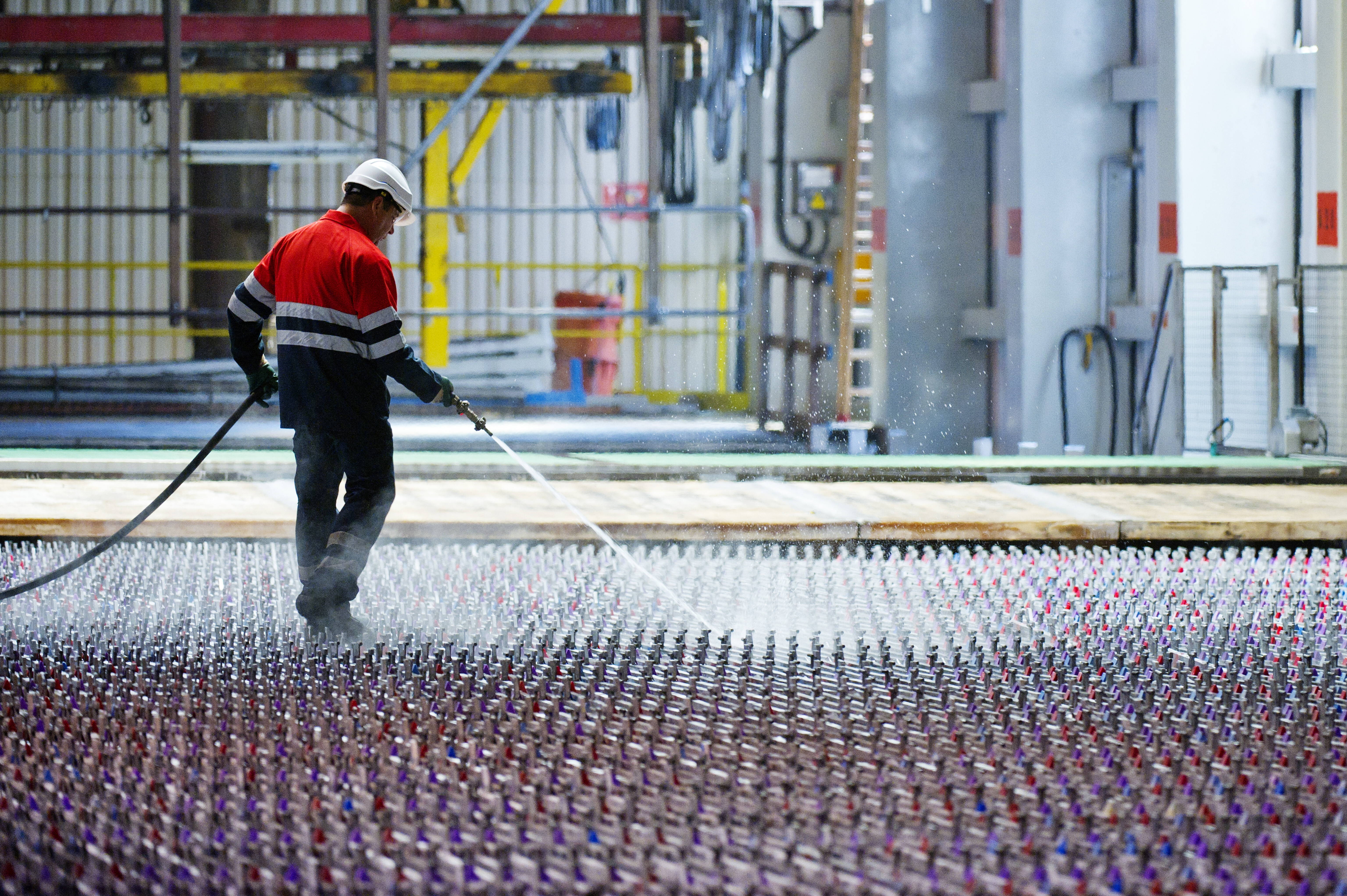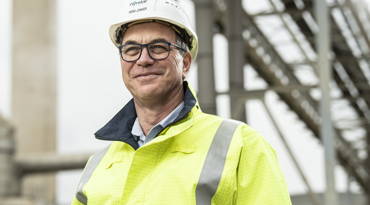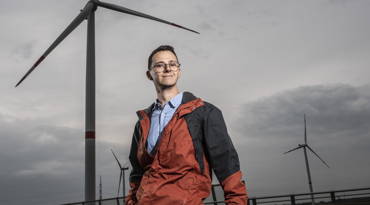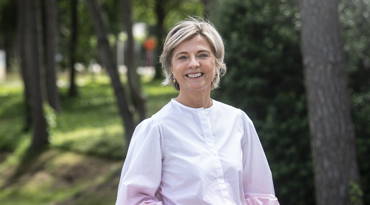Nyrstar has been looking into the possibility of using its electrolysis processing plant as a virtual battery. The plan is for the zinc smelter to absorb the sharply fluctuating supply of green energy and help increase the stability of the Belgian high-voltage grid. Henk Leendertse, General Manager Nyrstar Budel in the Netherlands, explains how this would work.
What does this virtual battery look like? ‘Naturally, you can’t compare it to a real battery’, says Henk Leendertse with a smile. ‘The idea is that the electrolysis processing capacity of the electrolysis processing plant for the zinc smelter will be increased so that any peak availability of green energy – when there is a lot of wind or sun – can immediately be converted into zinc. During those periods, when there is less or no green energy available, less zinc will be produced. Overall, the total zinc production will remain the same but the production process can respond to changing circumstances. Thanks to the flexible electrolytic process, our zinc smelters are ideally suited for use as a virtual battery.’

But by definition, green energy is volatile. Even though Nyrstar buys energy from various solar and wind farms, you only have solar energy during the day and you can’t control the wind. That volatility not only creates uncertainty within the high-voltage grid, it also in fact holds back the further development of green energy production. Nyrstar’s virtual battery project will solve both challenges.
Extra investments
‘A lot of money and resources are currently being pumped into finding ways to buffer green energy. Our virtual battery will ensure that the surplus supply of green energy can be processed flexibly, directly in the form of zinc and therefore without the involvement of buffers.’
The feasibility of this virtual battery project is being investigated at all of Nyrstar’s European sites. ‘It will require investment. To be able to process and ‘store’ more electricity, we will need to increase capacity.’
Our virtual battery will ensure that the surplus supply of green energy can be processed flexibly.
Henk Leendertse,
General Manager at Nyrstar Budel

Adding that extra electrolysis capacity will require major investments. ‘You are easily talking about 150 million euros. From a purely economic standpoint, we cannot finance this on our own. There are three elements that will determine whether or not this project can be realised: the subsidy from the government, national or European, the investment loans required and the reinforcement of the high-voltage grid,’ says Leendertse.
5 years
Nyrstar estimates that it will take four to five years to complete this project. ‘When you consider the sustainability targets that Europe has set for 2030, it’s about time that we were able to get started on it.’
‘But all the parties are needed for that: the politicians, the authorities and the network operators as well. Everyone has reacted enthusiastically to our plans but now we have to gain traction in order to realise this great idea,’ Leendertse concludes.


